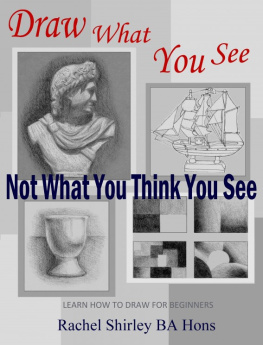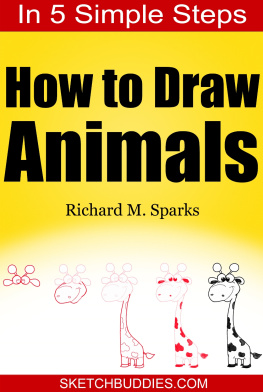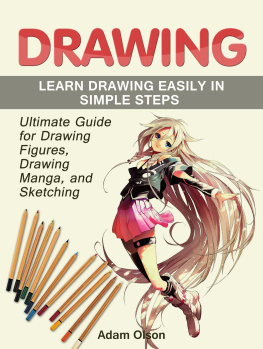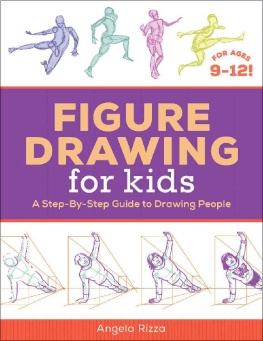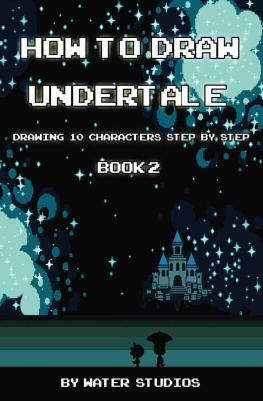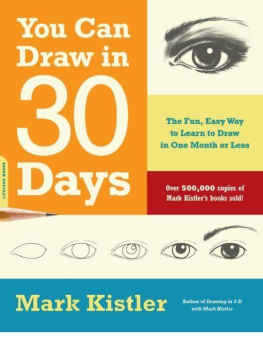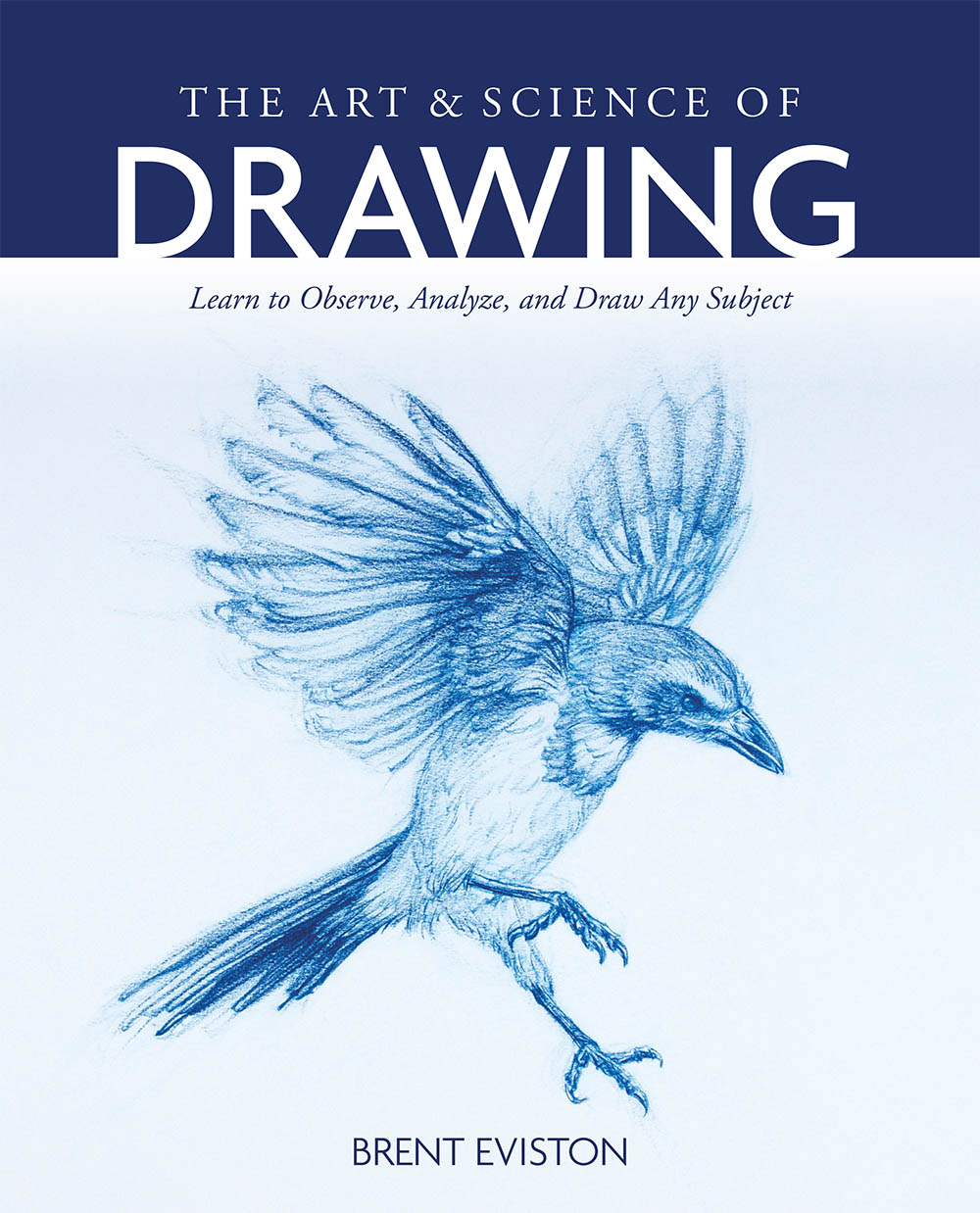THE ART & SCIENCE OF
DRAWING
Learn to Observe, Analyze, and Draw Any Subject
BRENT EVISTON
The Art and Science of Drawing
Learn to Observe, Analyze, and Draw Any Subject
Brent Eviston
Editor: Kelly Reed
Project manager: Lisa Brazieal
Marketing coordinator: Mercedes Murray
Copyeditor: Joan Dixon
Interior design: Aren Straiger
Composition: Danielle Foster
Cover design: Aren Straiger
Cover Images: Brent Eviston
ISBN: 978-1-68198-775-0
1st Edition (1st printing, August 2021)
2021 Brent Eviston
All photographs Brent Eviston
Rocky Nook Inc.
1010 B Street, Suite 350
San Rafael, CA 94901
USA
www.rockynook.com
Distributed in the UK and Europe by Publishers Group UK
Distributed in the U.S. and all other territories by Ingram Publisher Services
Library of Congress Control Number: 2021935017
All rights reserved. No part of the material protected by this copyright notice may be reproduced or utilized in any form, electronic or mechanical, including photocopying, recording, or by any information storage and retrieval system, without written permission of the publisher.
Many of the designations in this book used by manufacturers and sellers to distinguish their products are claimed as trademarks of their respective companies. Where those designations appear in this book, and Rocky Nook was aware of a trademark claim, the designations have been printed in caps or initial caps. All product names and services identified throughout this book are used in editorial fashion only and for the benefit of such companies with no intention of infringement of the trademark. They are not intended to convey endorsement or other affiliation with this book.
While reasonable care has been exercised in the preparation of this book, the publisher and author assume no responsibility for errors or omissions, or for damages resulting from the use of the information contained herein or from the use of the discs or programs that may accompany it.
This book is printed on acid-free paper.
Printed in Korea
This book is dedicated to my son Eames who was born during the writing of this book. May you find lessons here that reach far beyond drawing.
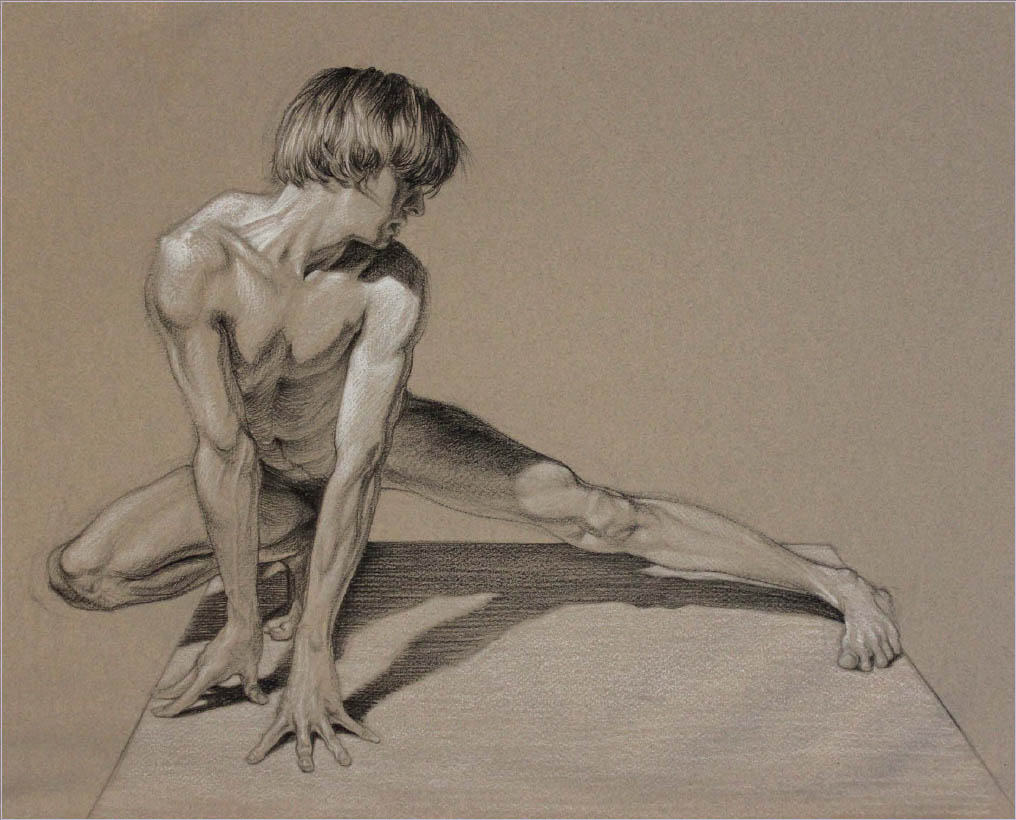
TABLE OF CONTENTS
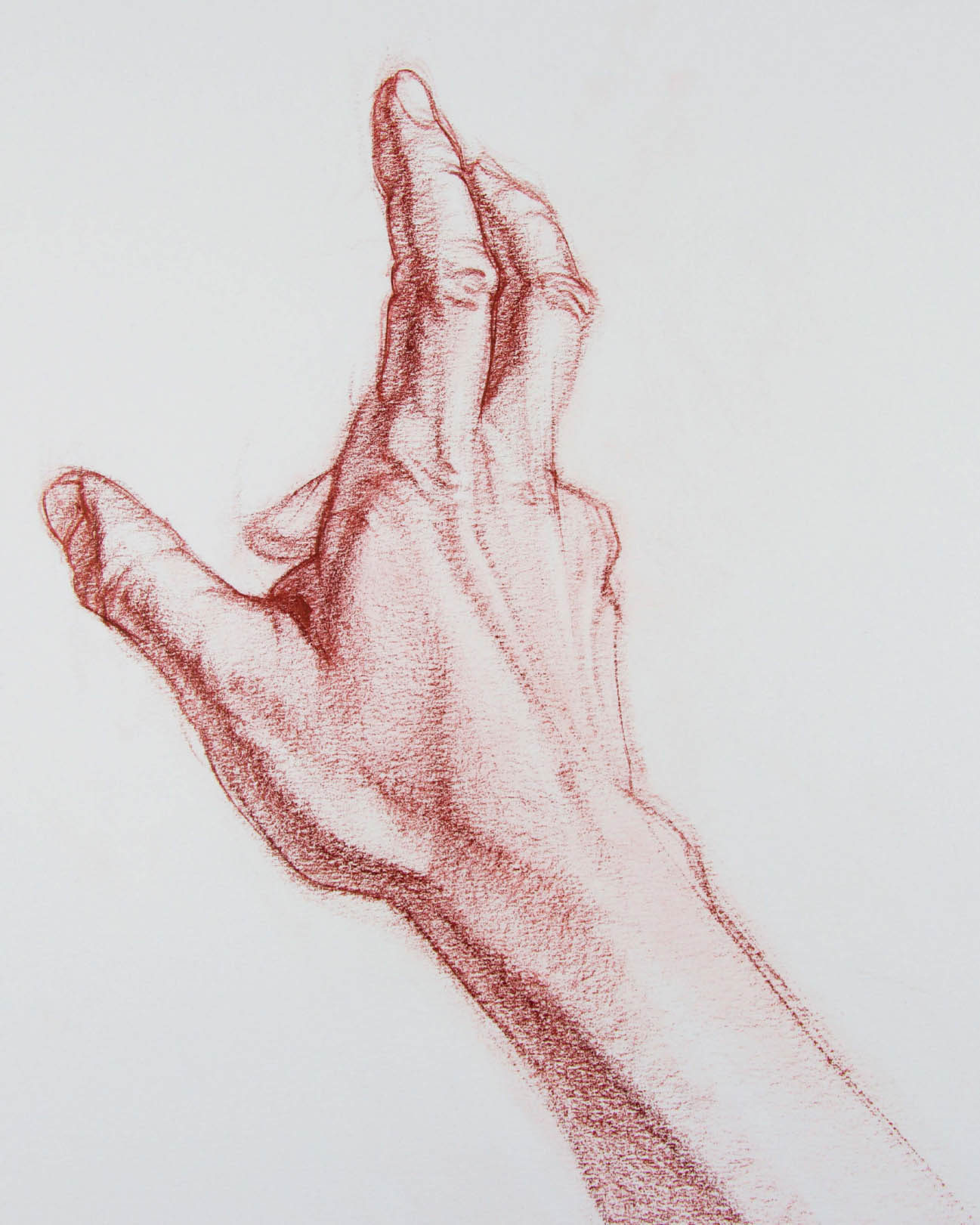
INTRODUCTION
ORIENTATION AND MATERIALS
Drawing Is Not a Talent
As of the writing of this book, I have taught drawing for nearly 25 years. I have worked with thousands of students in face-to-face classes and tens of thousands of students online. These students have ranged from ages 5 to 87. It is true that some individuals learn to draw more quickly than others, but I have never encountered anyone with a natural ability to draw who hasnt had training and practice. If natural drawing talent existed, I am one of the most likely people to have encountered it. I havent. But even if one day I discover a student who appears to have been born with preternatural drawing abilities, this does not change the fact that drawing can be learned by nearly anyone willing to study and practice. The existence of some talented individuals would not change the fact that, just like writing and arithmetic, drawing is a teachable and learnable skill.
This book will teach you the fundamentals of good drawing. It begins with the most basic skills like how to hold the pencil and how to draw basic shapes before moving on to more complex subjects like three-dimensional drawing, contour drawing, measuring, and shading. By working through this book, you will learn the skills and processes necessary for good drawing.
There are many reasons people learn to draw. Some desire to be creative professionals while others simply want to experience the joy of artistic expression. Regardless of your creative ambitions, your path begins with drawing. Drawing is at the foundation of nearly every field of the visual arts including illustration, painting, graphic design, architecture, fashion design, product design, set design, character design, sculpture, and more.
Whether your goal is to paint landscapes, design video game characters, create costumes for films, illustrate childrens books, design buildings, or illustrate graphic novels, you need to learn to draw. It is true that much of drawing is now done digitally, but that has not changed the fundamental principles behind good drawing. Whether you draw using charcoal on paper or a stylus and digital tablet, the fundamentals of good drawing remain the same.
This book is designed for the absolute beginner as well as more experienced artists looking to improve their skills and master the fundamentals. The fundamentals you will learn in this book will serve as a foundation upon which you can build new skills to suit your creative ambitions, whatever they may be.
Drawing is not a talent. It is a skill anyone can learn. Every day I work with people who learn to draw. These are ordinary people without special skills or advantages. With good instruction and dedicated practice, you can, and will, learn to draw.
How to Use This Book
In the decade before I wrote this book, I set out to find the most effective and efficient methods of teaching drawing. In my face-to-face classes I tested numerous types of drawing instruction, from centuries-old classical techniques to contemporary practices. Based on my experiences I designed my own approaches to teaching. You are reading the results of this process. This book provides the most accessible, streamlined, and effective methods I have found for learning to draw. It is a mixture of tried-and-true techniques along with contemporary methods of my own design.
This is a project-based book. Each chapter contains a series of lessons and each lesson ends with a project. I recommend completing no more than one lesson and project per day. You need time to process the information youve learned and to develop the muscle memory necessary for these skills to become second nature. After completing your project for the day, if you want to keep drawing, I recommend repeating the project rather than moving on to a new lesson. The lessons in this book focus on fundamentals. You cannot practice fundamentals too much.
You are welcome to adapt this book to fit your schedule. If you can complete only one or two lessons per week, you will still learn to draw. The goal is to continue to move forward at whatever pace makes sense for your life.
This book is designed for students to go through the lessons in order. The skills in each chapter build upon the skills in the previous chapters. Many students will be tempted to skip to the skills they most desire to learn, like shading or figure drawing. But you cant learn to shade if you dont know how to properly draw basic volumes and you cant draw volumes if you dont know how to properly draw basic shapes. By the time you reach figure drawing youre expected to have developed a competence and comfort with all the skills you learned from previous chapters. Once you have completed the lessons and projects in this book in order, then you can go back and focus on the skills you want to develop further.


